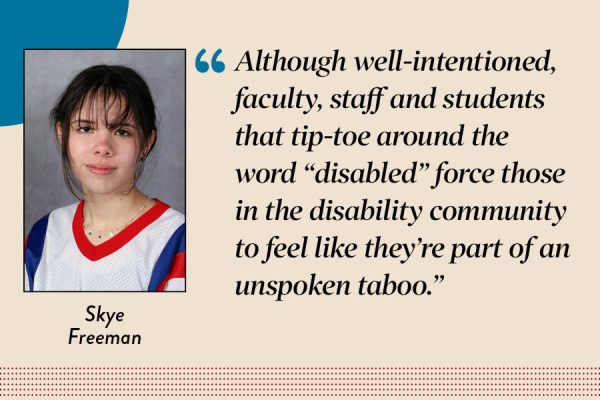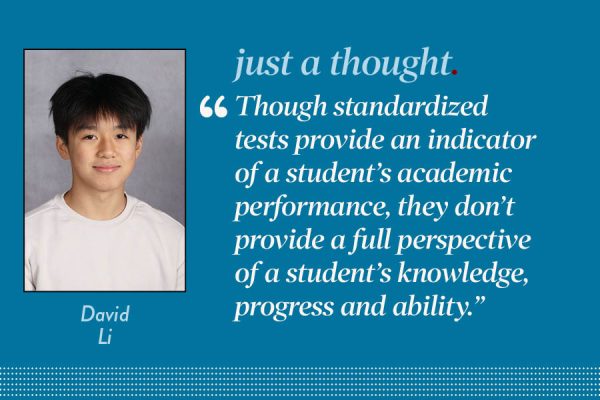Race should play a bigger role in Lab’s admission process
Lab should combat U-High’s lack of racial diversity by considering race a more significant factor in admissions.
March 21, 2023
Disregarding race or ethnicity, 55% of children admitted to Lab at a young age have parents affiliated with the University of Chicago, a predominantly white university, eventually contributing to 39% of Lab’s students to be white, according to Lab’s admission website.
To expand racial diversity at U-High, when admitting students in younger grades, Lab should increase the number of students they admit without university-affiliated parents to at least 50% and allow race to have a greater influence on their admission.
Unfortunately, many racial minority groups are still struggling to be adequately represented in their careers, causing the majority of university-affiliated parents to be white. While some might argue that making race have a greater influence on admissions will lead to Lab ignoring academic achievement, it is much harder to predict in younger grades which students have a stronger intellectual ability.
Seen through recent protests and arguments at U-High, many students who are a part of racial minority groups feel uncomfortable with their race’s lack of representation.
U-High’s lack of racial diversity, largely due to Lab’s admission policies, causes many students to feel underrepresented in their learning environment. While it is difficult to control the University of Chicago’s policies, one step to create a racially diversified community at Lab would be to have race play a greater role in the admission of an increased number of students without university-affiliated parents.


















